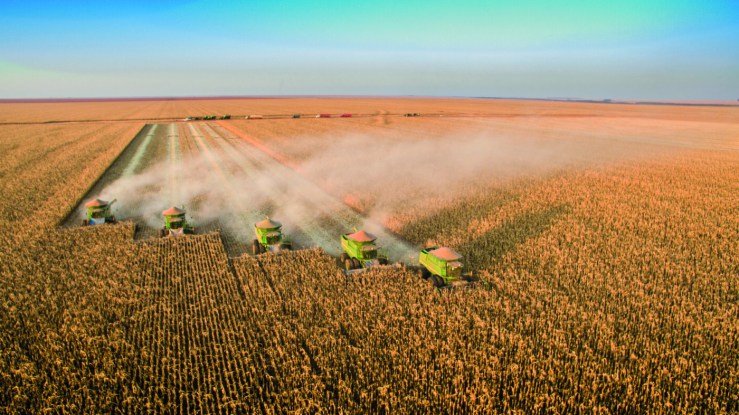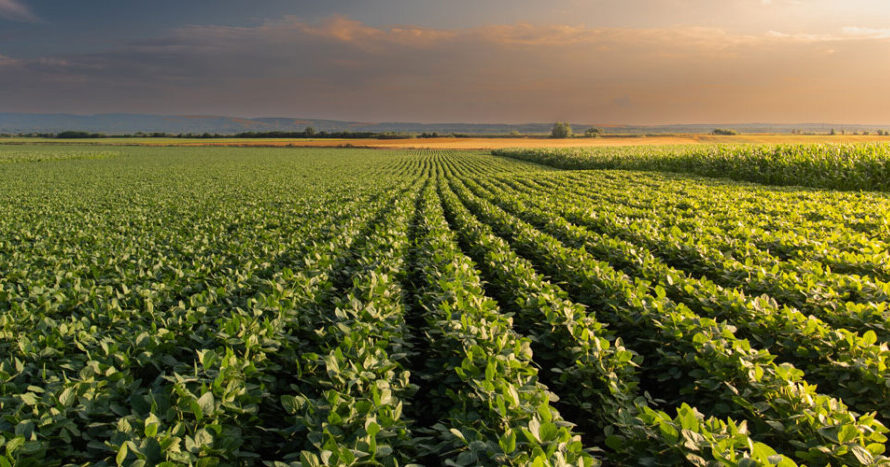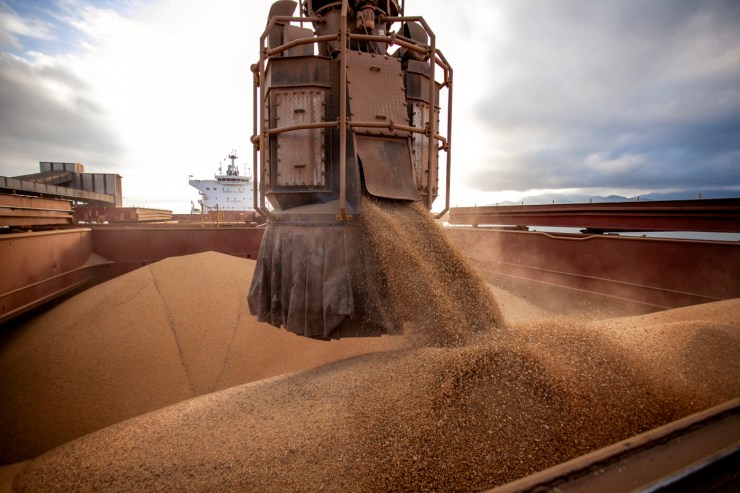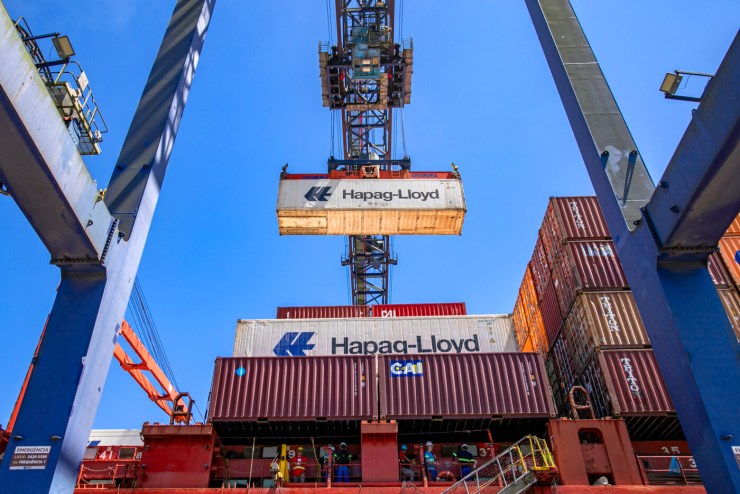Rural credit performance in July, excluding Pronaf, fell by R$4,100,000 compared to the same period of the previous harvest. R$39.5 billion was contracted and granted, compared to R$42.8 billion in the same month of the previous cycle.
However, when also considering the amounts already contracted but not yet released, the total reaches R$$ 49.58 billion, representing an increase of R$15.761. The difference occurs because rural credit amounts are recorded only at the time the funds are released, not at the time of contracting. Because there is a 360-day deadline for release, the comparison with the previous harvest becomes more accurate, as it accounts for all contracted funds.

Photo: Disclosure/OPR Archive
The 2025/2026 Harvest Plan provides a total of R$1.516 billion in resources, distributed between controlled and free sources. Controlled resources, corresponding to R$1.746 billion (R$3.41 billion of the total), have fixed, pre-defined interest rates. These include Mandatory Resources from demand deposits (MCR 6-2), Constitutional Financing Funds (FCO, FNO, and FNE), Funcafé, and equalized resources. The latter originate from rural savings accounts, LCAs, FAT, BNDES's ordinary resources, and the financial institutions' own funds.
Furthermore, the Harvest Plan also includes free resources, which can be earmarked or unearmarked. These resources allow greater flexibility for producers, including financing, investment, marketing, industrialization, and the acquisition of Rural Product Certificates (CPRs).

Photos: Marcelo Casal Jr/Agência Brasil
The July result shows that, despite the reduction in releases, the total contracting of rural credit remains solid, maintaining positive prospects for agricultural financing, investment in production and the use of financial instruments such as CPRs, which contribute to greater security and planning in the productive sector.
Equalized and free resources
The 2025/2026 Harvest Plan's equalized funding program for medium and large producers amounts to R$113.8 billion, of which R$64.25 billion is earmarked for operating expenses and R$49.53 billion for investment. Equalization consists of the National Treasury paying the difference between the source cost and the final interest rate to the borrower, and this amount is made possible by R$3.9 billion in subsidies.
Free resources are divided into two categories: earmarked and non-earmarked. Earmarked resources correspond to amounts that, by default, should be applied to rural credit, but with free rates. These include rural savings (70% of fundraising) and LCAs (60% of issuances), which can be applied to financing, investment, marketing, industrialization, or the acquisition of Rural Product Certificates (CPRs) issued by producers.
Free resources without directing have financial charges closer to those practiced by the market.

traditional credit. Within the 2025/2026 Harvest Plan, earmarked free resources total R$1,500 billion, while non-earmarked resources are subject to regulatory requirements, under penalty of being charged a financial cost for Deficiency in Compliance with Requirements (according to the Rural Credit Manual, chapter 6, section 5), resulting in lower financial charges compared to unearmarked free resources.
Planning for CPR financing in the current cycle totals R$188.53 billion. Of this amount, R$179.43 billion corresponds to the acquisition by financial institutions of CPRs accounted for to meet the requirements of LCAs, while R$9.1 billion is intended to meet the requirements of rural savings.
Accumulated from July to August

In the provisional accumulated total for July and August 2025, R$ 81.11 billion were granted in rural credit: R$ 33.72 billion in financing, R$ 4.48 billion in investment, R$ 4.36 billion in marketing, R$ 5.36 billion in industrialization and R$ 33.19 billion in CPR issuances.
Also considering the amounts already contracted but not yet released, the total could reach R$ 99.08 billion, practically in line with the R$ 100.81 billion recorded in the same period of the previous harvest, a reduction of only 1.75%.
Currently, 25 financial institutions operate equalization funds, including BNDES, which works with all of them and those that do not have their own equalization lines. This structure allows for greater diversification of financing and expands the possibility of contracting in programs with high demand, such as Moderfrota, Proirriga, Renovagro, Inovagro, and PCA, even in cases of shortage at a specific bank.





